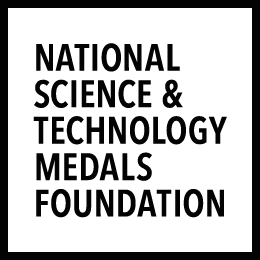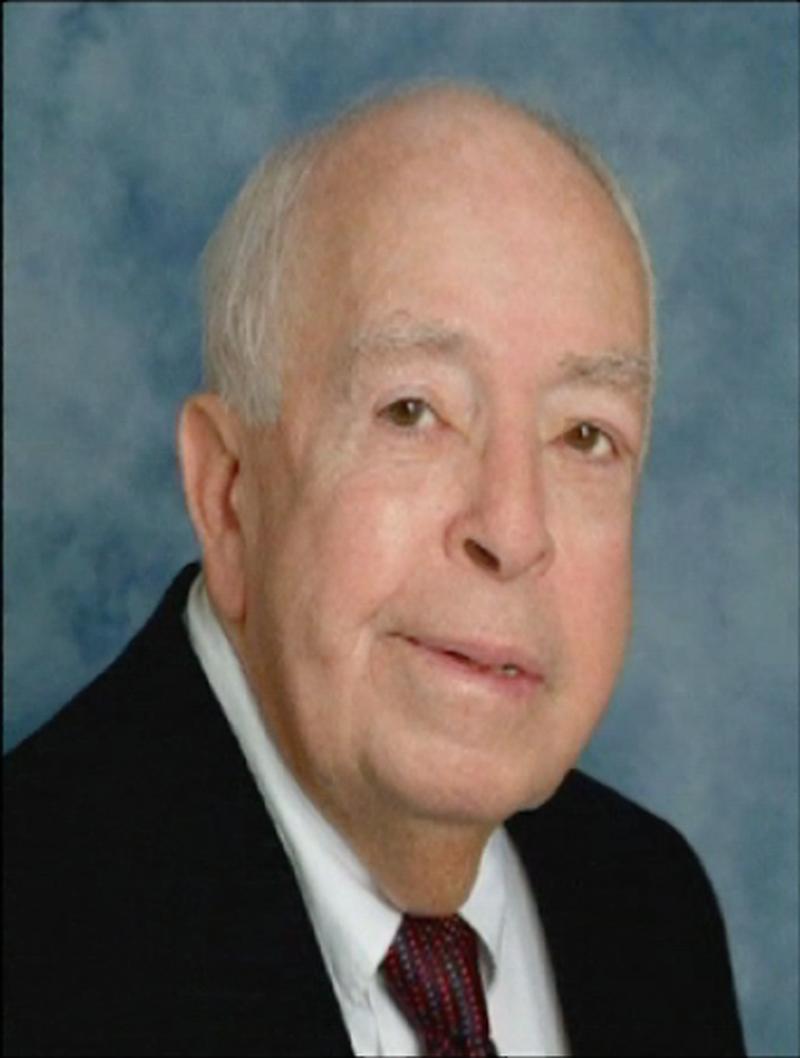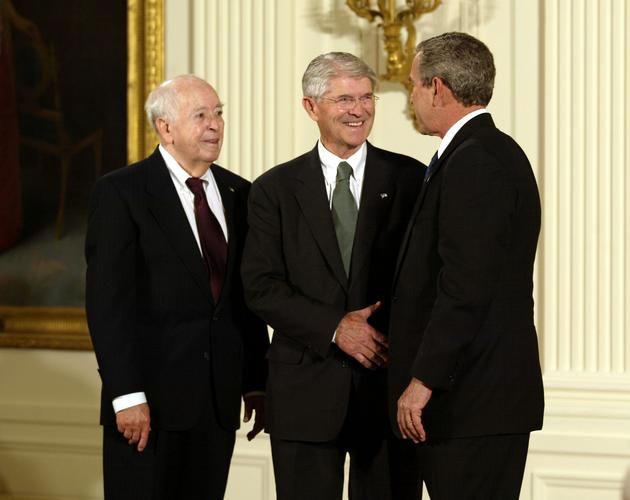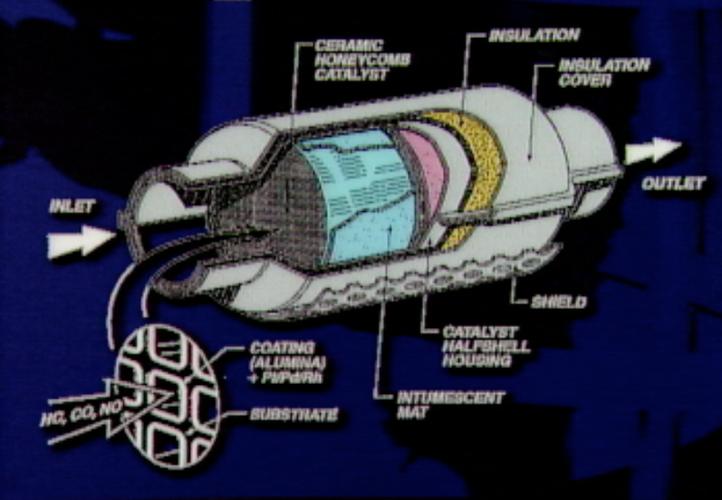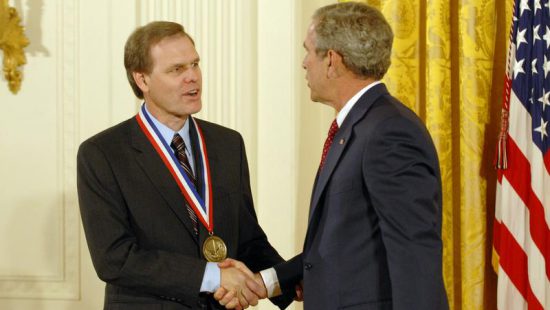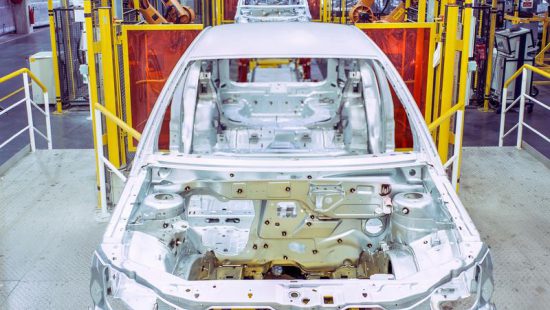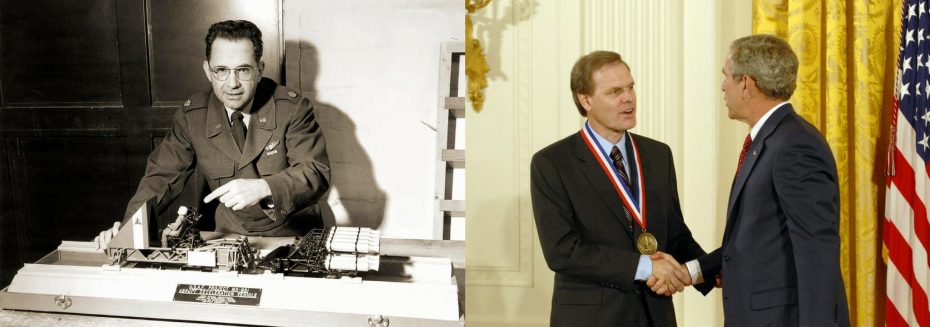Since the 1970s, the amount of smog in the United States – and much of the rest of the world – has been sharply reduced, even though the number of cars has more than doubled. That’s because today’s cars are 98 percent cleaner than those built 40 years ago. And that’s thanks in large part to Carl Keith.
Working with John Mooney in the early 1970s, Keith created the three-way automotive catalytic converter. The can-shaped device is installed as part of the exhaust pipe beneath a vehicle. When the toxic exhaust flows out of an engine, it passes over and through the converter, where a honeycomb-like structure with hundreds of small passages is coated with materials that create a chemical reaction rendering some toxic compounds harmless.
Before Keith and Mooney’s invention, vehicles used similar converters, but they could only handle hydrocarbon and carbon monoxide, not nitrogen oxides. The 1970 amendments to the Clean Air Act required significant reductions in all three omissions, however, something the three-way converter was able to accomplish.
What’s more: An Environmental Protection Agency report estimated Keith’s invention helped save 100,000 lives and stave off hundreds of thousands of cases of throat and lung ailments.
“Billions of people around the world breath cleaner air because of this invention,” Margo Oge, director of the Office of Transportation and Air Quality at the Environmental Protection Agency, said in 2008.
In addition to his seminal work on the three-way catalytic converter, Keith patented more than 200 other inventions.
